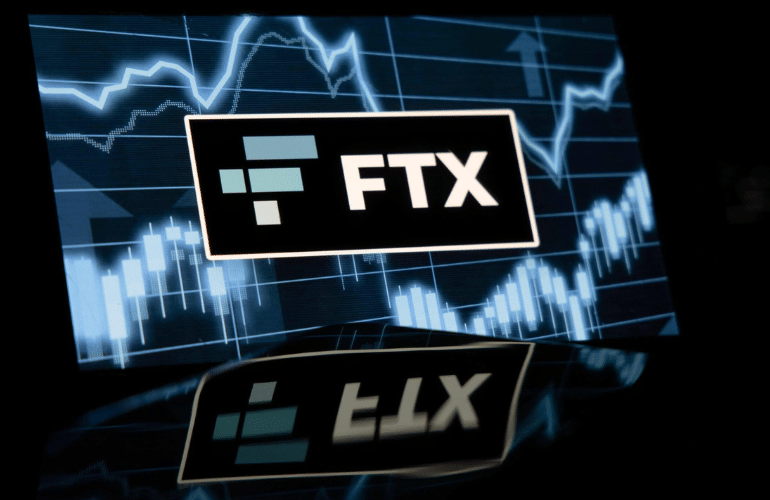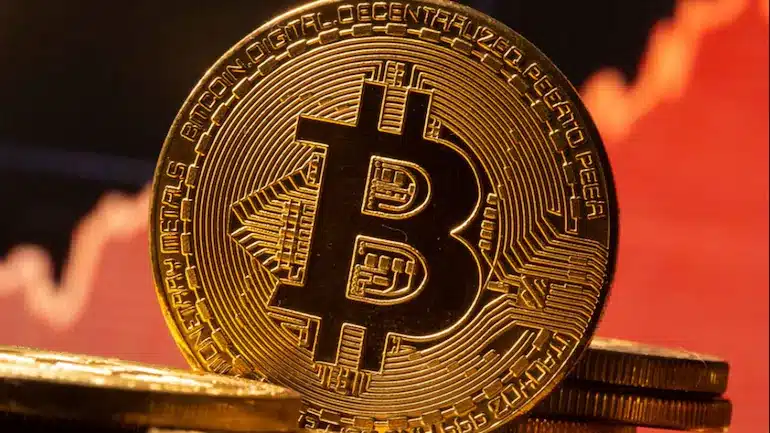Crypto analyst David Hoffman highlights a mismatch in Solana’s performance and fee capture, raising concerns about economic sustainability amidst impressive scalability.
Key Points
- Crypto analyst David Hoffman emphasizes a perceived imbalance in Solana’s issuance of SOL and the network’s fee capture.
- Solana’s robust performance and high bandwidth are reflected in its ability to process 125 MB of data per second, dwarfing Ethereum’s 0.08 MB/sec.
- The superior bandwidth translates to high Transactions Per Second (TPS) but also results in lower transaction fees, impacting validator revenue.
- Despite Solana’s technological advancements, it only captured around $39,000 in fees compared to Ethereum’s $2.8 million as of September 26.
David Hoffman, a respected crypto analyst, has spotlighted a seemingly glaring disparity within the Solana network, suggesting it is incurring excessive costs for its superior bandwidth.
Hoffman highlighted that Solana issues around $1.8 million of SOL daily, yet captures a mere fraction in fees, totaling approximately $40,000.
While renowned for its scalability and ability to support smart contracts efficiently, Solana’s high processing speed seems to be a double-edged sword.
Its towering Transactions Per Second (TPS) capability, surpassing 4,800 compared to Ethereum’s peak of 15, implies a lower fee structure.
This technological prowess, however, does not translate to higher revenue for validators, impacting the overall revenue stream within the network.
Every 24hrs, Solana issues $1.8m of $SOL, while capturing just $41,000 in fees, to deliver all this bandwidth https://t.co/plK3ozc7j8 pic.twitter.com/xjTHlGJfbJ
— DavidHoffman.eth🦇🔊 🏴 🔴 (@TrustlessState) September 25, 2023
The Solana Bandwidth
Solana’s exceptional bandwidth, processing an average of 125 MB of data at spot rates, stands in stark contrast to Ethereum’s 0.08 MB/sec, enabling Solana to handle a substantial volume of transactions seamlessly.
However, this high bandwidth and scalability seem to compromise the fee revenue, with Solana’s fee capture being significantly less than that of first-generation blockchains like Ethereum and Bitcoin, which generated $2.8 million and over $869,000 in fees respectively, as of September 26.
To enhance its performance, Solana developers are slated to roll out the Firedancer validator client, poised to bolster bandwidth by tenfold, promising further advancements in transaction processing and scalability.
The success and adoption of this upgrade remain speculative, but if embraced, it could push Solana’s bandwidth and scalability to new heights, potentially continuing the trend of lower fees.
Concluding Thoughts
The intriguing dynamics within Solana underline a crucial trade-off between technological sophistication and economic incentives.
Solana’s advancements in scalability and bandwidth, while laudable, raise pivotal questions regarding the sustainability of lower transaction fees and their impact on network security and development.
The introduction of the Firedancer validator client will be a crucial determinant in Solana’s journey, potentially recalibrating the balance between performance and economic viability.
The crypto community and stakeholders will be keenly watching Solana’s evolution, as it navigates the delicate balance between innovation and economic sustainability in the ever-evolving blockchain landscape.





